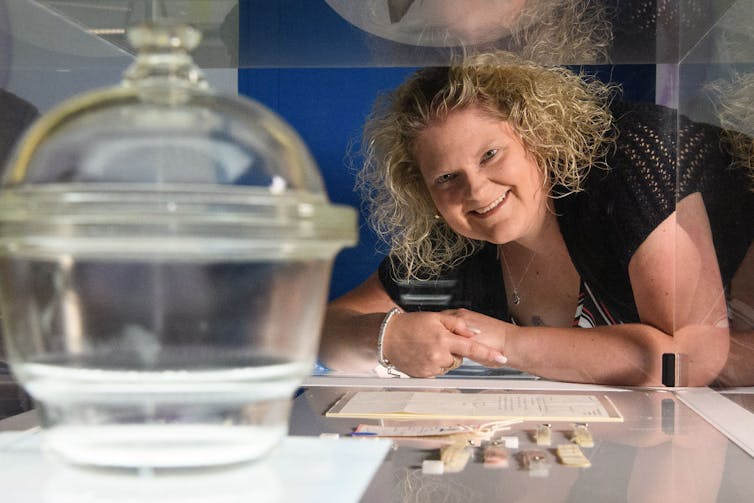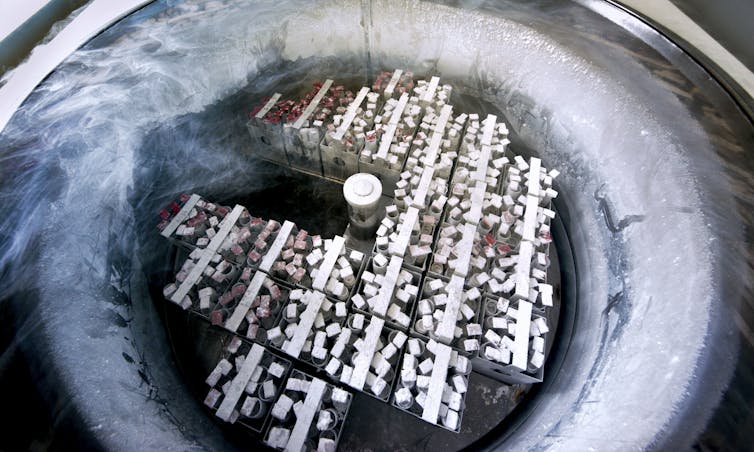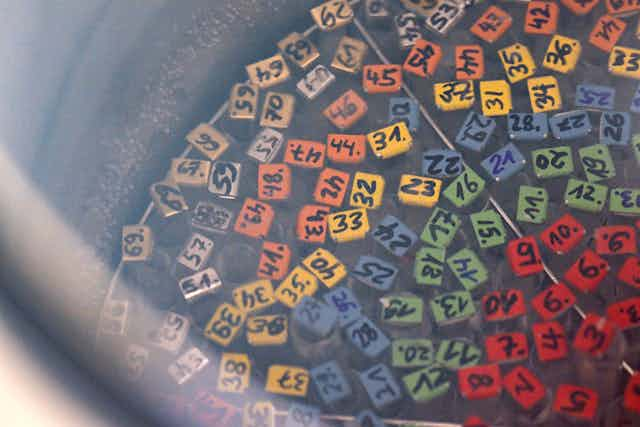Since the overturning of Roe v. Wade in June 2022 ended the federal right to abortion, legislative attention has extended to many other aspects of reproductive rights, including access to assisted reproductive technologies such as in vitro fertilization, or IVF, after an Alabama Supreme Court ruling in February 2024.
University of Massachusetts Lowell associate professor and department chair of the school of nursing Heidi Collins Fantasia explains how this decades-old procedure works and what its tenuous legal status means for prospective parents.
What is IVF?
IVF is a type of artificial reproductive technology that allows people with a range of fertility issues to conceive a child. It involves fertilizing an egg with sperm outside the body to form an embryo that is then transferred into the uterus to develop.
IVF is used as a treatment for infertility, which the American Society for Reproductive Medicine defines as an inability to achieve pregnancy “based on a patient’s medical, sexual, and reproductive history, age, physical findings, diagnostic testing” or the “need for medical intervention.”
While originally developed as a fertility treatment for blocked fallopian tubes, IVF is currently used for other conditions such as low sperm count or when the cause for infertility can’t be determined. LGBTQ people and single parents can also use IVF and other reproductive technologies to grow their families.
How does IVF work?
Typically during IVF, a patient takes hormones to stimulate the ovaries to produce eggs. Once a health professional retrieves the eggs using an ultrasound and a thin needle, they either incubate the sperm with the egg or inject the sperm into the egg in the lab to fertilize it. Which specific type of IVF procedure a patient undergoes is determined on an individual basis with a health care provider.
Scientists began to develop IVF in the 1930s, beginning with the live birth of rabbits and mice through the procedure. This research eventually led to the birth of the first “test-tube baby” in 1978. Physiologist Robert Edwards received the 2010 Nobel Prize in physiology or medicine for his research on IVF.

The technology has rapidly expanded since the first live human birth from IVF. The development of cryopreservation, or the freezing of human eggs and embryos, has enabled people to pursue pregnancy later in life. Genetic screening of cells from a developing embryo can identify genetic diseases and abnormalities.
The chance of a successful live birth through assisted reproductive technologies varies. Success rates depend on many factors, such as underlying cause of infertility, age and type of technology used.
Who currently has access to IVF?
Use of IVF has steadily increased since it was first introduced. In 2015, about 2% of all infants in the U.S. were conceived as a result of IVF, and public support for IVF is high overall.
Approximately 10% of women in the U.S. have used some type of fertility service to achieve a pregnancy. This includes fertility advice, medications to increase ovulation, fertility testing, surgery and IVF.
Because infertility increases with age, women older than 35 typically use these services more often than younger women. Women in the U.S. who access infertility care the least are often non-U.S. citizens and uninsured, and they typically have lower income and less education than women who do.

Differences in geography also affect IVF access. In 2021, over 5% of all infants in Massachusetts were conceived from IVF, but this dropped to less than 1% in New Mexico, Arkansas and Mississippi.
Service availability and insurance coverage for IVF procedures differ by state, which could account for some of the differences in use. Only a small number of states mandate that private insurers cover IVF. Public insurance coverage for infertility services is even lower.
The cost of IVF has been the greatest barrier to infertility care. Out-of-pocket costs for people without insurance coverage can range from over US$10,000 to $25,000 per cycle, with rising costs per cycle.
How do debates about when life begins affect IVF?
Political views vary around reproductive rights, and access to IVF is likely to become an issue in upcoming election cycles.
The Alabama Supreme Court ruled in February 2024 that frozen embryos created during the process of IVF were people. While the ruling currently applies only to Alabama, it has caused shock, confusion and concern among health care providers.
As a result of the ruling, two major IVF providers in Alabama have paused infertility care because of potential legal risk to health care providers. The main concern is whether providers can be held liable for wrongful death if frozen embryos don’t survive the thawing process.
Since the elimination of federal protection of abortion in 2022 with the overturning of Roe v. Wade, individual states have made their own laws regarding abortion access. Many patients, health care providers, researchers and legislators see the Alabama decision regarding IVF as a continuation of the increasing erosion of women’s reproductive rights.

